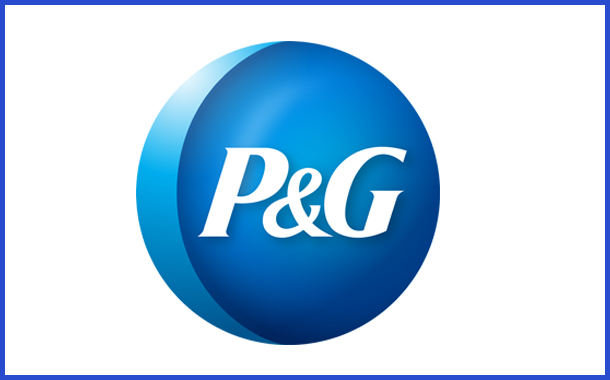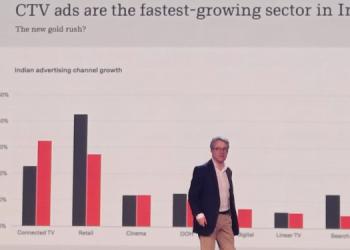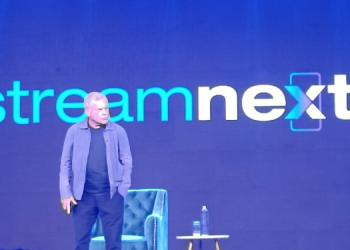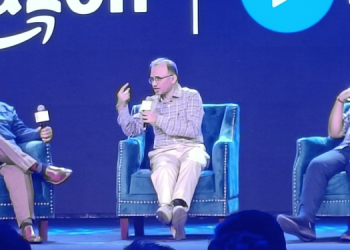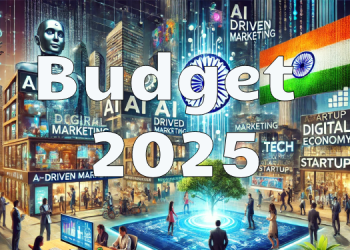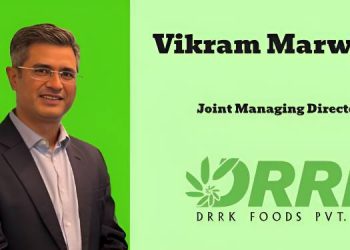Procter & Gamble has planned to drop the number of agencies it is working with by another 50% this year, in a bid to save US$400 million.

Chief financial officer of Procter & Gamble (P&G) Jon Moeller said on an investor call that new advertising and agency models will also be implemented. To date P&G has already reduced its agency roster from 6,000 to 2,500, saving US$750 million in agency and production costs, and improved cash flow by over US$400 million additional through new payment terms. Last year, it also revealed plans to reduce marketing spend by US$2 billion in the next five years. This was part of a broader US$10 billion cost reduction plan it launched one year ago, according to several media reports.
Moeller said that P&G will pursue further cost reduction opportunities through “more private marketplace deals” with media companies and precision media buying, fueled by data and digital technology. According to Moeller, efforts such as reducing non-viewable ads have enabled P&G to eliminate waste and reduce losses, while concurrently increasing the number of consumers it is connecting with by 10%.
“We will continue to reinvent our agency relationships, consolidating and upgrading P&G’s agency capabilities to deliver the best brand building creativity,” he said. Moeller added that the company requires the contribution of creative talent and “are prepared to pay for that”.
“We will move to more fixed-and-flow arrangements with more open sourcing of creative talent and production capability, driving greater local relevance, speed and quality at lower cost,” he added. Moeller said.
We’ll automate more media planning, buying and distribution, bringing more of it in-house.
Meanwhile, P&G reported net sales of US$17.4 billion in the second quarter of 2018 ended December 2017, a 3% increase compared to the same period the prior year. Core selling, general and administrative expense dropped 40 basis points, partly due to savings in overhead, agency fees and advertising production costs. Media spending was also in-line with prior year levels, according to the financial statement.
Organic sales for P&G’s beauty segment increased by 9%, while healthcare and fabric and home care increased by 4% and 3% respectively. On the other hand, organic sales for the grooming segment dropped 3%, while the baby, feminine and family care segment witnessed a 1% decrease in organic sales.
“Innovation drives superiority and builds brand relevance across age groups including Millennials,” Moeller said. Among the list of P&G brands that led in market share over the past 13 years include Olay, Old Spice and Tide, which was recently thrown under the spotlight due to the “Tide Pod challenge”. The challenge saw consumers ingesting its Tide Pods, which led to Tide releasing a public service announcement on social media and roping in American footballer Rob Gronkowski to hammer home the message.

